Updated On: October 03, 2023
Many parents bottle feed their babies, but not everyone uses paced bottle feeding. This technique offers a number of benefits for babies and is an important one for all parents to know.
Bottle feeding can be part of breastfeeding. But how do you do it to keep your nursing relationship strong, your baby satisfied, and everyone happy? The answer: Paced bottle feeding.
We give lots of shoutouts to how amazing breasts are when we talk about breastfeeding. And it’s true! They produce and supply milk that nourishes our babies, protects them from illnesses, and even supports our well-being. It’s pretty amazing.
But you know what we don’t talk about nearly as much? How bottle feeding can fit into a good breastfeeding relationship for families that choose to integrate it into their infant feeding plan.
Bottle feeding can be a meaningful—and valid—part of breastfeeding. Bottle feeding can help make breastfeeding accessible for premature babies, babies with health issues, or latching problems. It allows the non-breastfeeding parent and other caregivers to participate in feeding. It also gives the breastfeeding parent the flexibility to return to work, take care of other responsibilities, or simply get a moment to themselves.
Bottle feeding comes with challenges, though. If you don’t use the proper technique, you can end up with lots of spit-up, a fussy baby, wasted breast milk, or a baby that has difficulty breastfeeding.
That’s where paced bottle feeding comes in.
Paced bottle feeding is a technique for feeding babies modeled on how babies nurse at the breast. It takes positioning, latching, and feeding pace into account, giving the baby greater control over milk flow and intake, which leads to a more similar experience to breastfeeding.
The short answer? Anyone who is feeding a baby via bottle. However, we can get more specific than that:
*This isn’t always the case—read below to see why!
The most basic reason to use paced bottle feeding is that it’s more comfortable for your baby! It also allows your baby to more easily transition between breast and bottle if that is a part of your feeding plan. However, there are a lot of other benefits to consider too.
We often hear parents say that they want to bottle feed so they know exactly how much milk their baby is getting. This is a bottle-feeding myth—for a lot of reasons:
All parents want feeding to be comfortable for their babies, but when babies are placed on their backs to drink, they’re forced to gulp their milk. And gulping isn’t good.
Here’s why: It’s the result of drinking too much to avoid choking. It’s stressful and uncomfortable. Paced bottle feeding helps avoid this.
It also helps prevent colic, defined as prolonged intense distress, crying, or fussiness in an otherwise healthy baby. Colic isn’t fully understood, but one contributor is thought to be excess air intake during feeding.
Bottle-feeding is less work for babies. They get a lot of milk from the bottle quickly. Nursing, on the other hand, requires exertion to make the milk come and allows the baby to feel fullness at the right time.
Some babies prefer the easier route to their food, resulting in bottle preference.
However, paced bottle feeding sidesteps this problem by slowing down the milk flow to mimic how milk comes out of the breast. As a result, it’s easier to switch between bottle feeding and nursing.
How you feed your child when they’re a baby has long-term implications for their health. One of the big benefits of breastfeeding is that babies are less inclined to overeat. Traditional bottle feeding, on the other hand, can easily lead to overeating.
Why? Milk flows so quickly from the bottle that they don’t realize when they are full. When you use paced bottle feeding, your baby has the time to recognize when they’re full. Knowing this from an early age can help them understand their internal cues for hunger and fullness, which can help them develop healthy eating habits.
Follow these steps to slow the flow of milk from the bottle into the nipple. This technique will help your baby eat more slowly and comfortably, taking breaks as needed.
Hold your baby at a 45-degree angle or semi-upright.
Why? Leaning back in a reclining position makes it hard for them to control the flow of milk.
Tickle the baby’s upper lip with the bottle nipple to encourage them to open their mouth widely. When their mouth is open wide, let them bring the bottle nipple in.
Why? You want your baby to get a deep latch on the bottle, so they continue having good latches during breastfeeding. Otherwise, you could suffer from sore nipples when you’re nursing.
Keep the bottle horizontal while your baby is nursing.
Why? A horizontal position keeps too much milk from flowing into the nipple and makes it easier for your baby to take breaths between swallows.
Let your baby drink for 15-20 seconds (or 3-5 continuous swallows) before lowering the end of the bottle. When your baby starts to suck again, lift the bottle back up. If you’re concerned about your baby swallowing air, you can pause to burp them during the feeding.
Why? Lowering the end of the bottle gives your baby a little break and lets them be in control of the pace of their feeding.
Your baby will continue sucking until they’re done. Once you notice that their sucking has become slowed and lazy or they’ve stopped sucking entirely, end the feed. Don’t try to get them to keep eating once they’re done—the whole reason behind paced feeding is to let them control their intake.
Any parent who has bottle-fed knows the challenge of picking the right bottle! There’s a seemingly infinite number of options on the market, and they all have their benefits.
Some babies aren’t choosey, but it’s pretty common to need to test out a few before landing on the right one for your baby. However, keep these following tips in mind when bottle shopping.
Always choose a slow-flow nipple for paced bottle feeding. Slow flow nipples and preemie nipples are the best options for mimicking milk flow during a nursing session. You do not need to increase the size of your baby’s nipple over time.
Most babies who breastfeed take smaller volumes during each feed. When you use a bigger bottle, the temptation to fill it up is strong. Use smaller bottles to provide the right amount of milk to your baby—and avoid wasting your liquid gold.
Want more tips on how to pace bottle feed your baby? We want all parents to feel confident about feeding their baby. We’re here to answer your questions and help you find solutions.
Book a convenient online video appointment with one of our IBCLCs today.
Let’s start by saying that every family is different. There are lots of situations where babies need to take a bottle during their first weeks. No parent should feel bad about doing what’s necessary for their child.
That being said, for families who want to focus on nursing first, introducing a bottle around 5 weeks is ideal. It allows the mom to establish her supply and for the baby to develop good nursing habits before learning how to bottle feed.
It depends! No two babies are the same, so depending on their size, appetite, growth curve, and other factors, the amount of milk they need per feed will vary, sometimes dramatically. That being said, the average baby between 1-6 months old drinks about 25 oz. of breast milk each day. To figure out how much you need to provide per feed, you would:
This number is the approximate amount of milk per feed. Here’s an example: If baby nurses ten times a day, they would need 2.5 oz per nursing session.
When bottle-feeding your baby, it’s crucial to keep your breast milk stored safely both before, during, and after feeding. But what is “safe” when it comes to storing breast milk? Here’s an overview of best practices.
